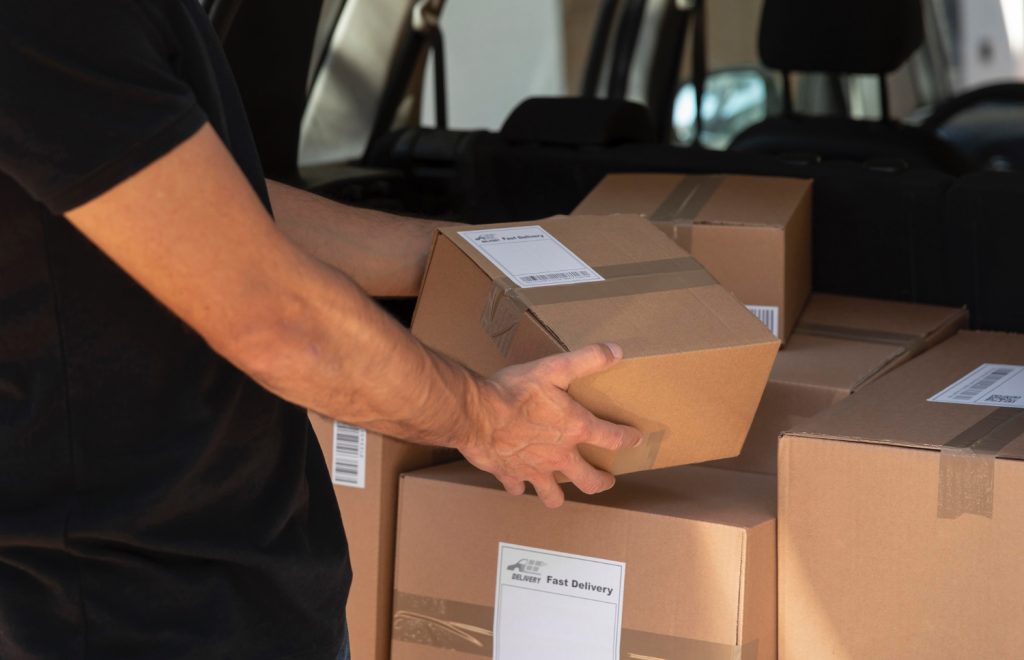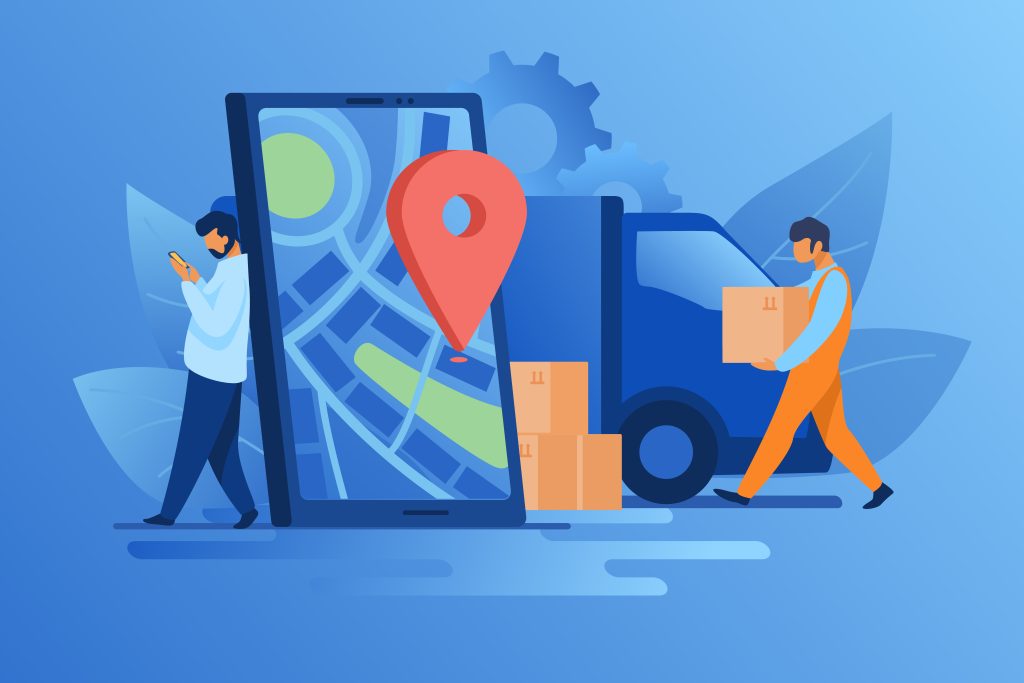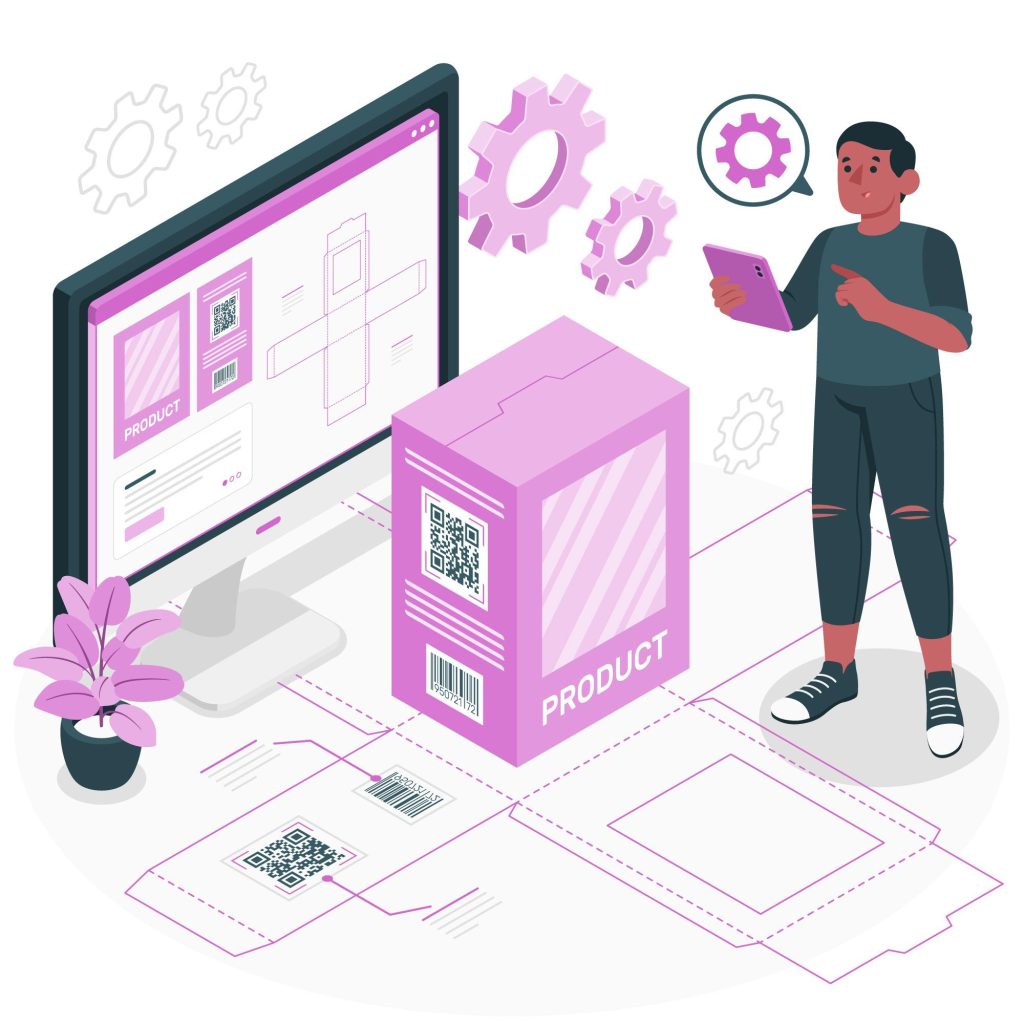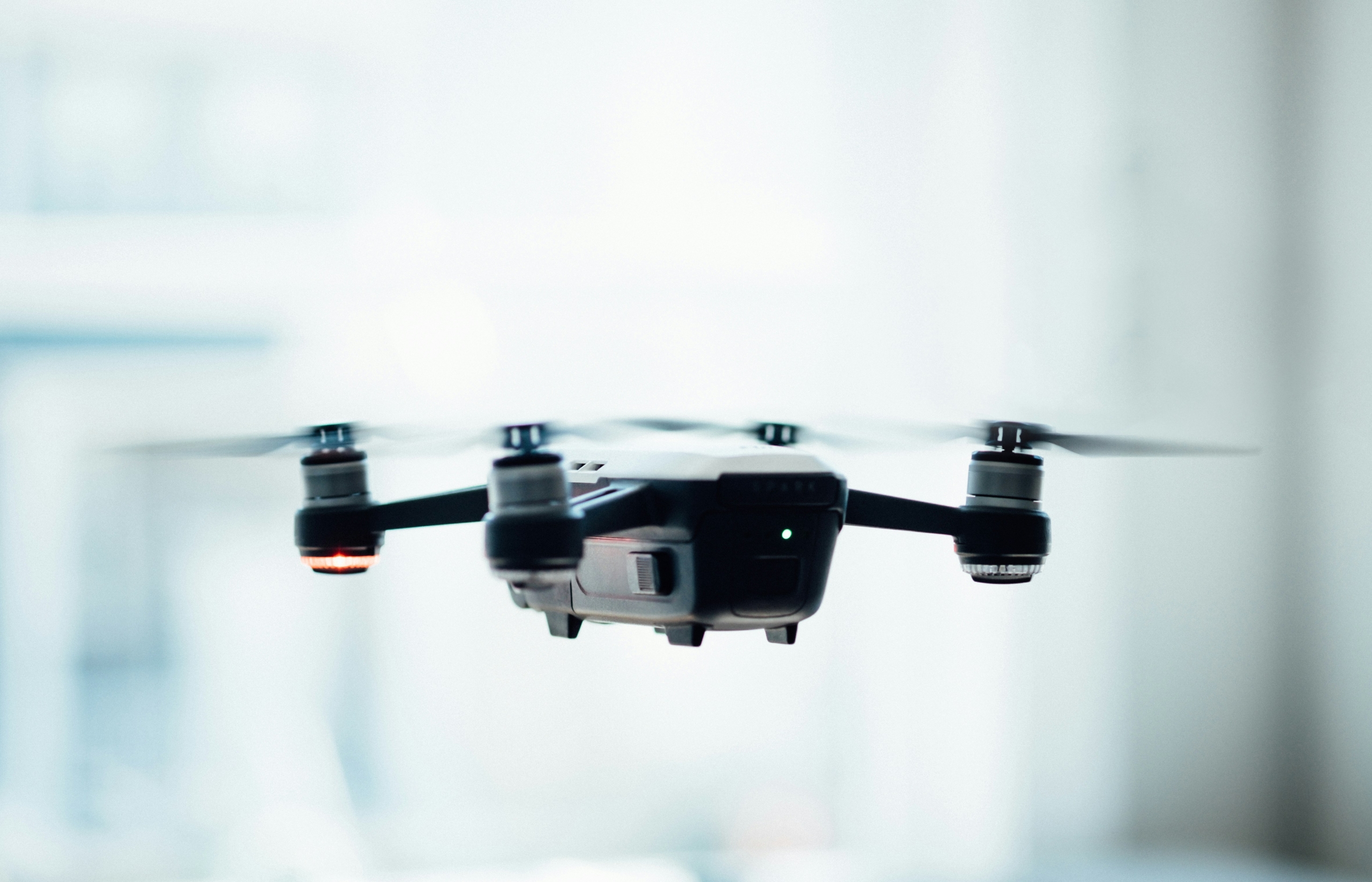
A finger taps “Buy,” and somewhere far from teh screen, a network wakes. Inventory is reserved before a human can blink; robots roll, conveyors hum, labels print, and algorithms weigh routes against weather, traffic, and cost. By the time a van pulls to a curb-or a locker lights up-countless small decisions have already been made by software and machines working in quiet coordination. This is product delivery automation: the connective tissue linking digital intent to a physical doorstep. From e-commerce carts to enterprise procurement, the promise is not just speed but repeatable accuracy, cost discipline, and clarity. It spans more than warehouse robots and delivery vans: order management systems handshake with warehouse and transport platforms; sensors and scanners update digital twins; machine learning forecasts demand and labor; route engines balance density with service levels; customer apps turn milestones into minutes.
Yet the path from click to doorstep is not singular. Urban micro-fulfillment contrasts with rural consolidation. Cross-border compliance, returns logistics, sustainability goals, labor considerations, and data privacy shape designs and trade-offs. Reliability competes with flexibility; cost with carbon; automation with human oversight. This article maps the terrain. We’ll unpack the building blocks-software orchestration, physical automation, and data flows-then examine architectures that stitch them together. We’ll look at key metrics, common bottlenecks, and the trade-offs leaders navigate when scaling. We’ll scan the horizon: autonomous delivery, dynamic lockers, drone corridors, and the regulatory and ethical questions that trail them. From the first click to the final knock, here is how modern delivery systems quietly do their work.
Orchestrating the Click to Ship Pipeline With Event Driven Design SLAs and Automated Exception Handling
When a customer taps “Buy,” the order becomes a stream of immutable events-OrderPlaced, PaymentCaptured, InventoryReserved, LabelPrinted-flowing through a broker that coordinates microservices with contracted latency and delivery guarantees. Each hop is governed by SLAs embedded as policies: timers start at publish-time, correlation IDs travel with payloads, and policy engines route late or malformed messages to the proper lane. The system shapes demand with backpressure, batches where it helps, and applies idempotency to tame at-least-once semantics. Sagas encode business choreography, while an outbox pattern guards consistency, so that the journey from purchase to dispatch behaves like a well-scored score: independent instruments, one tempo.
- Event Catalog: Clear schemas, versioning, and ownership
- SLA Guardrails: P95/P99 latency budgets per topic, not per service
- Flow Control: Quotas, partitioning, and consumer lag alarms
- Observability: Traces stitched by correlation IDs; red/amber/green dashboards
- Safety Nets: Dead-letter queues, poison-message quarantine, replay tools
Automated exception handling keeps momentum when reality intrudes: transient failures trigger exponential backoff with jitter; chronic faults trip circuit breakers and route to compensations; domain-aware runbooks-as-code reconcile mismatches (release stock, void labels, refund selectively) without waking humans. ChatOps bots expose safe actions, synthetic transactions guard against silent regressions, and data contracts prevent schema drift that breaks the line. The result is a pipeline that self-diagnoses and self-heals, escalating only the genuinely novel.
| Stage | Key Event | SLA Target | Auto-Action on Breach |
|---|---|---|---|
| Payment | PaymentCaptured | P95 < 300 ms | Retry + Fallback PSP |
| Inventory | InventoryReserved | < 2 min | Partial Split or Alternate FC |
| Packing | PickPackComplete | < 15 min | Rebalance to Fast Lane |
| Labeling | LabelPrinted | < 60 s | Carrier Switch + Regen |
| Handoff | CarrierScanned | Same-day Cutoff | Auto-upgrade Shipping |
Warehouse Execution Blueprint From Robots to Reality With WMS and WES Alignment Slotting Rules and Pick Path Optimization
WMS sets the plan, WES drives the motion, and robots execute the last millimeters-together forming an elastic layer that turns order intent into aisle-level action. Align the data handshake (inventory truth, task states, constraints) and the time horizon (waves vs. micro-allocations) so decisions cascade cleanly from priority to picker. Use event-driven signals-dock ETA, replenishment completion, exception flags-to rebalance work in real time without thrashing. The result is a steady cadence where humans, bots, and conveyance move as one system rather than competing threads.
- Shared Truth: One inventory and task ledger across planning and execution.
- Guardrails: Slot access rules, weight/fragility limits, and aisle congestion caps.
- Micro-batching: Small, frequent waves to match robot and picker capacity.
- Signal-first Flow: API events trigger task splits, merges, or reassignments.
- Feedback Loops: Travel-time and dwell telemetry refine priorities continuously.
| Cue | Execution Action | Outcome |
|---|---|---|
| SKU Velocity Spike | Dynamic Slotting to Forward Pick | Shorter Walks |
| Aisle Congestion | Reroute Pick Path Serpentine | Smoother Flow |
| Replen Late | Task Swap to Adjacent Zone | Less Idle Time |
| Fragile Mix | Weight-aware Clustering | Fewer Damages |
Slotting becomes the silent accelerator: rank SKUs by velocity and affinity, enforce temperature and hazard classes, and bias heavy-before-fragile sequencing so totes travel safely. Blend static golden zones with dynamic hot zones that expand during promos, and let WES re-home items when travel-time heatmaps drift. For pick path optimization, choose route styles that match layout-S-curve for long aisles, zig-zag for dense bays, cluster for multi-order carts-and apply bot-human choreography to prevent blocking. Measure what matters: pick lines per labor hour, meters per line, queue wait, and exception rate; then nudge the system with small parameter changes rather than wholesale rewrites to keep throughput predictable while adapting to the day’s demand.
Last Mile Intelligence at Scale Dynamic Routing Micro Fulfillment Lockers and Proactive Customer Messaging
An intelligence layer turns the final leg into a living system: dynamic routing balances cost, speed, and emissions while ingesting live traffic, capacity, and SLA signals. Inventory is staged closer via micro‑fulfillment nodes, with waves timed to courier arrivals and predicted surges. Parcel lockers become smart endpoints, with capacity forecasting, geofenced handoffs, and instant reroutes when a bank fills or goes offline. The engine remembers building quirks-access codes, elevator outages-and selects vehicles by parcel traits (fragile, chilled, oversized). Machine learning nudges consolidation vs. split decisions to hit narrow windows without overworking the fleet, and privacy‑safe location cues guide drivers to the exact door, not just the street.
- Multi‑objective Routing: ETA, cost, CO₂ optimized per order
- Locker Orchestration: Capacity prediction, automatic spillover
- Wave Planning: MFC pick/pack synced to courier etas
- Exception Awareness: Weather, building access, vehicle constraints
- Customer Pivots: Doorstep, lobby, or locker with one tap
On the customer side, tracking evolves into proactive messaging-alerts that inform and let people act. Instead of waiting for missed‑delivery slips, audiences get timely choices: reschedule, switch to a nearby locker, authorize a neighbor, or update access details. The copy is concise, localized, and respectful of preference centers across SMS, email, and push; A/B logic tunes tone and timing to reduce anxiety and calls. Operations gain a feedback loop: every reply enriches routing and fulfillment models, while guardrails ensure compliance and brand consistency at scale.
| Signal | Automation | Value |
|---|---|---|
| ETA Slip 12m | Offer New Slot + Incentive | Fewer WISMO |
| Locker Full | Auto‑reroute to Nearest Bank | On‑time Pickup |
| Storm Alert | Rebalance to Vans, Adjust SLAs | Saved Orders |
| Driver 5 Min Out | One‑tap Proxy Authorization | First‑try Success |
| Chilled Goods | Cold‑chain Priority Routing | Quality Kept |
Final Thoughts…
From the moment a click sets a promise in motion, a quieter choreography begins-of sensors, shelves, software, wheels. Product delivery automation is not a single machine but a set of agreements between data, devices, and people. It trades improvisation for repeatability, exposes bottlenecks with new clarity, and scales what works. It also carries our choices forward: how we value transparency, labor, streetscapes, energy, and privacy. The next mile will likely be denser and more modular-micro-fulfillment closer to demand, routes tuned in real time, autonomous segments stitched into human oversight, standards knitting systems together. The most resilient networks will blend automation with elasticity and measure what matters: time to door, carbon per parcel, exception rates, safety, and the experience at the threshold. “From click to doorstep” will never be a straight line; its an evolving map. The real promise is not speed alone, but dependable, visible delivery that respects constraints and context. As the choreography grows more capable, progress will be found in how quietly-and how responsibly-it serves the everyday journey of a package.




